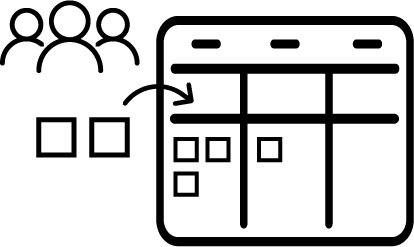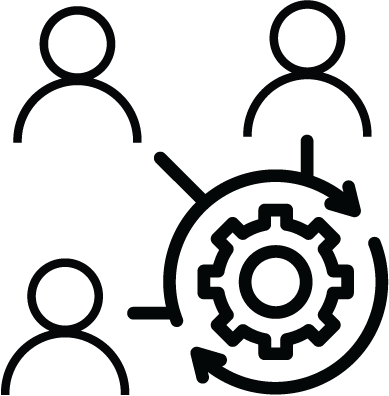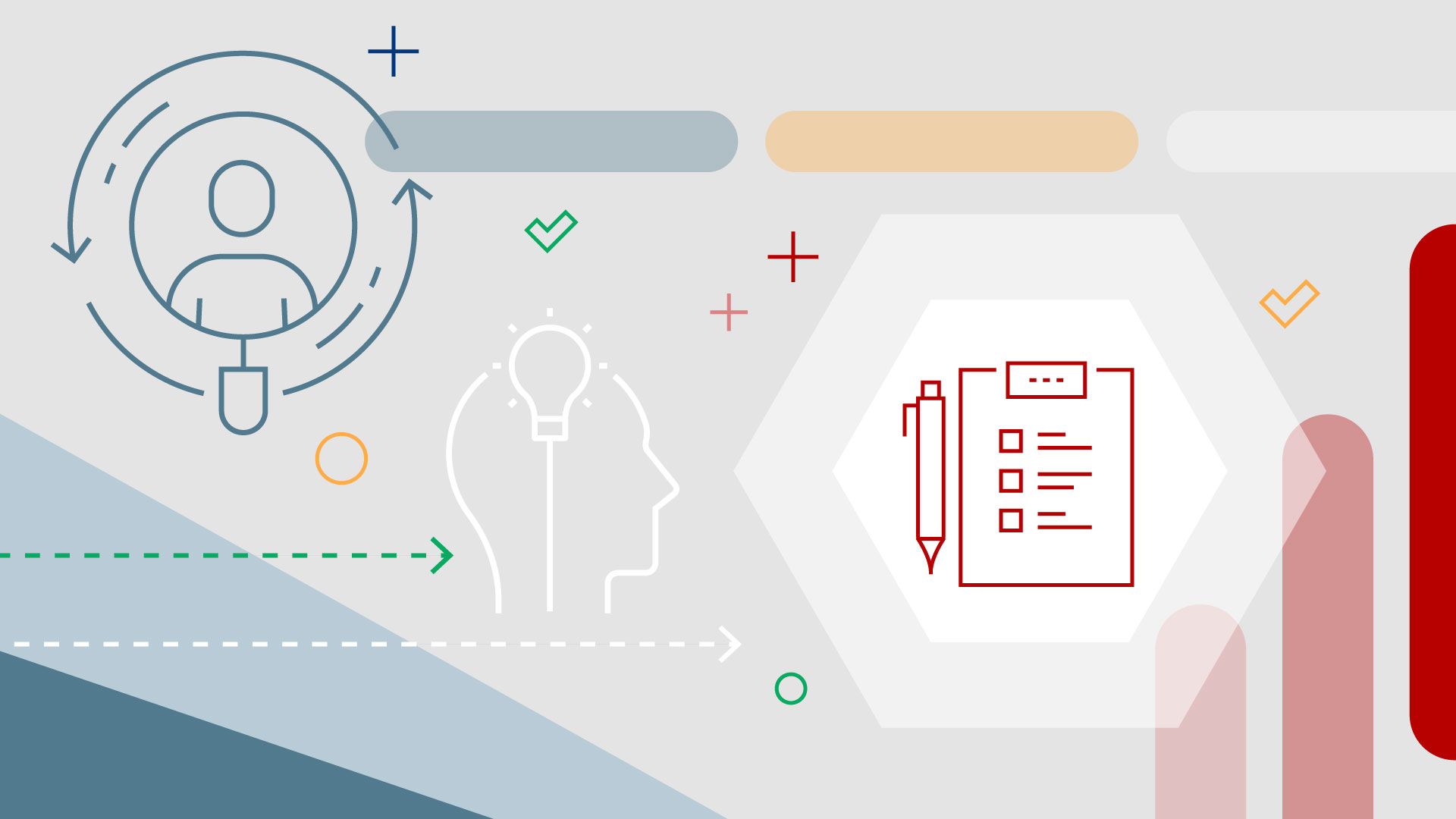Flow Methodology
Flow methodology
Planview Flow Methodology is a guide to optimizing your value streams and achieving optimal flow in order to drive project to product transformation in your organization. As you mature in your application of the Flow Methodology capability, your exposure to enhanced Flow Metrics increases, and you begin to deliver on the value that value stream management provides the organization.
Learn more
 OKR Performance
OKR Performance
- We can leverage data-driven leading indicators to ensure business outcomes and OKRs are on track, understand the impact of transformation initiatives, and correlate efficiency improvements to value delivery.
- Working with the Flow Advisor, we can establish timeline event monitoring of key results against their objectives to understand if objectives are on track and business outcomes are being met.
- We can see where investments in improvement directly tie to increased value delivery and transformation initiatives.
 Innovation Performance
Innovation Performance
- We can monitor the ideation process to ensure investment prioritization is aligned to the business strategy and outcomes.
- Working with the Flow Advisor, we can establish timeline event monitoring within the ideation process to ensure ideas moving forward are aligned to business outcomes and strategy as well as Flow Time through the ideation phase.
 Waste/Delay Performance
Waste/Delay Performance
- We can improve business agility from idea to outcome by identifying unnecessary cost, waste, and constraints to flow.
- We can use Flow Advisor’s analysis to identify unnecessary work, waste, delays, and their associated costs.
 Architecture Analysis
Architecture Analysis
- We can understand where the organization’s architecture and toolchain intersect the value stream and pinpoint opportunities to enhance architecture and tool decisions for optimized flow.
- Working with the Flow Advisor, we can map the existing systems and technology architecture and identify where work is impacting the architecture (additions, modifications, depreciations).
- We can then track flow against the organizational architecture and identify opportunities to improve flow.
- We can identify disconnected architecture and identify opportunities to connect it into the toolchain.
 Benchmarking
Benchmarking
- We can track flow performance from baseline to targets, comparing over time or against other organizations within your industry.
- Working with the Flow Advisor, we can take baseline snapshots of our current performance to track our organization’s flow improvements over time.
- We can also use a repository of flow performance data to track how our flow improvements compare to those of similar organizations in the industry.
 Delivery-Informed Planning
Delivery-Informed Planning
- We can optimize end-to-end software development processes and flow based on historical and what-if analysis while aggregating metrics across teams.
- Working with the Flow Advisor, we can leverage historical planning and flow performance data to model delivery estimates and improve flow performance to meet business outcomes.
 Capacity Planning Analysis
Capacity Planning Analysis
- We can analyze teams and the dependencies and collaborations between teams to identify ways to automate handovers and ensure you have the right capacity to deliver on strategy.
- Working with the Flow Advisor, we can understand if we have the right capacity in the right areas to effectively deliver on strategy and identify areas of adjustment when required.
- We can understand dependencies between teams and manual processes to identify areas of improvement and opportunities for handover automation.
 Resource Analysis
Resource Analysis
- We can identify emerging timeline risks and impacts to Business Results by pinpointing when overloaded resources and value streams occur.
- Working with the Flow Advisor, we can identify via Flow Metrics where the bottlenecks are related to overloaded teams. We can then use timeline events and the Happiness Metrics in Business Results to track resourcing and team overload issues and see how they affect team performance, morale, and engagement.
 Financial Analysis
Financial Analysis
- We can understand the organizational value you are receiving from your investments, identify areas of the value stream that would benefit from investment, verify outcomes are aligned with financials, and recognize ways to save costs and reduce waste.
- We can use Flow Advisor recommendations to adjust how we define our investments, modify investment horizons, qualify our prioritized work against investments, identify the cost of delay, and quantify the costs of features, defects, debt, and risks for our investments.
 Delivery Risk Indicators
Delivery Risk Indicators
- We can monitor products throughout their lifecycles by providing alerts when the distribution of features, defects, debts, and risks are inadequate.
- We can ensure product health and prevent the ‘product death spiral’ by understanding when a product is at risk.
- We have visibility into risk, risk-related impacts on flow, and business results, allowing for proactive management and course corrections which maintain the health and balance of speed versus risk based on accountability, autonomy, and risk tolerance.
 Aligning Strategy to Delivery
Aligning Strategy to Delivery
- We can understand what’s in the delivery pipeline and how current delivery capacity aligns to strategy.
- Using the Bottleneck Finder, we can understand how our delivery capacity is aligning strategy, allowing changes to be made to realign to delivery to strategy when needed.
- When strategies realign, we can understand where delivery capacity needs to adjust.When strategies realign, we can understand where delivery capacity needs to adjust.
 Dependency Management
Dependency Management
- We can identify and highlight where delays and wait time are occurring in flow in order to gain visibility into time lost so you can re-sequence work, adjust handoffs, or find other ways to remove delays.
- We can identify where delays and wait time occurs using the Bottleneck Finder and Flow Modeler to see the amount of time spent waiting on dependencies.
- We can identify ways to reduce wait time and delays and track whether our changes reduce flow time and improve efficiency.
Capability resources

Process steps
Review step-by-step guidance, process flows, and best practices for end users to achieve specific business outcomes.
Learn more{ "capabilityresource|FlowMethodology" : { name : "capabilityresource|FlowMethodology", pages : "property get [List MindTouch.Deki.Logic.ExtensionProcessorQueryProvider+<>c__DisplayClass256_0.<MakeTagObject>b__0]()", prefix : "", type : "text", value : "capabilityresource|FlowMethodology" }, "PageThumbnail|ProcessFlows" : { name : "PageThumbnail|ProcessFlows", pages : "property get [List MindTouch.Deki.Logic.ExtensionProcessorQueryProvider+<>c__DisplayClass256_0.<MakeTagObject>b__0]()", prefix : "", type : "text", value : "PageThumbnail|ProcessFlows" } }